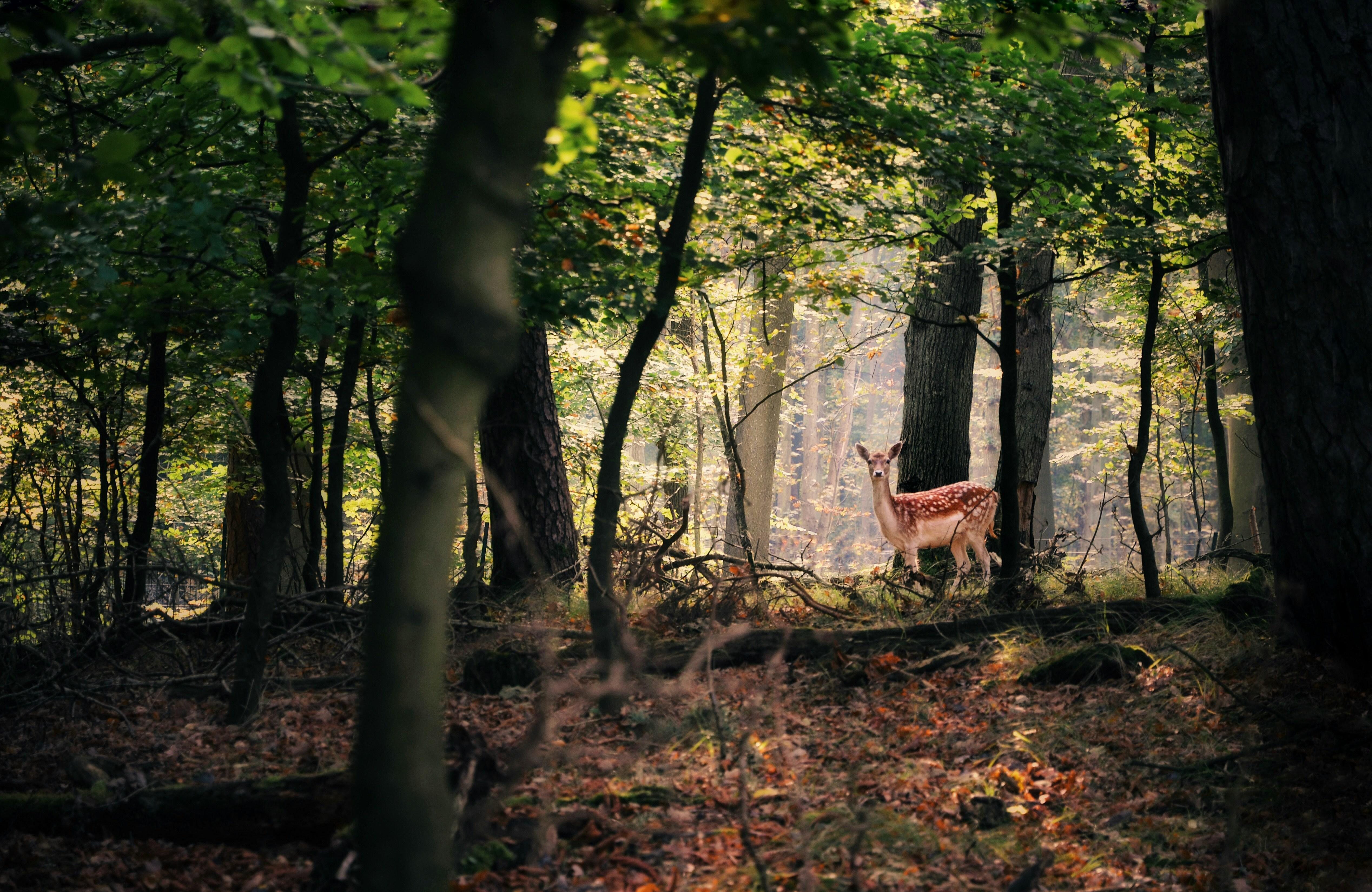Hunting has been ingrained in human culture for millennia, evolving from a means of survival to a revered sport. Among the various game species sought after by hunters, the whitetail deer holds a special place, particularly when it comes to pursuing trophy specimens. In this comprehensive guide, we delve into the world of trophy whitetail hunting, exploring the techniques, strategies, and thrills associated with this noble pursuit.
Understanding Trophy Whitetail Deer
Trophy whitetail deer are revered for their impressive antlers, which serve as a symbol of strength and majesty in the hunting community. These magnificent creatures are typically mature bucks, known for their elusive nature and keen senses. Understanding their behavior and habitat is crucial for a successful hunt.
Habitat and Behavior
Trophy whitetail deer are highly adaptable creatures, inhabiting diverse environments ranging from dense forests to open fields. They are most active during dawn and dusk, known as the crepuscular period, when they venture out in search of food and mates. Understanding their preferred habitats and movement patterns is essential for locating trophy specimens.
Selecting the Right Gear
Equipping yourself with the appropriate gear can significantly enhance your chances of success in trophy whitetail hunting. From firearms or bows to camouflage clothing and scent control products, each piece of equipment plays a vital role in your hunting arsenal. Choosing high-quality, reliable gear tailored to your hunting style is paramount.
Scouting and Preparation
Scouting the hunting area prior to the season allows you to familiarize yourself with the terrain, identify potential hotspots, and assess deer activity. Utilize trail cameras to monitor deer movement patterns and gather valuable intelligence. Additionally, practicing marksmanship and honing your shooting skills is essential for making clean, ethical shots.
The Art of Tracking
Tracking is an essential skill in trophy whitetail hunting, allowing you to follow the trail of a wounded or elusive deer. Pay close attention to signs such as tracks, droppings, and rubs, which can provide valuable clues about the deer's whereabouts and behavior. Patience and perseverance are key as you follow the trail towards your quarry.
Setting Up the Perfect Stand
Selecting the optimal stand location is critical for a successful hunt. Choose a site that offers good visibility, natural cover, and proximity to deer trails or feeding areas. Consider wind direction and thermals to avoid alerting deer to your presence. By blending into the surroundings and remaining undetected, you increase your chances of a close encounter with a trophy buck.
Patience and Persistence
Trophy whitetail hunting requires patience and persistence, as success is often elusive. Stay focused and disciplined, maintaining vigilance throughout the hunt. Remember that each outing is an opportunity to learn and improve, regardless of the outcome. Embrace the journey and savor the moments spent in nature's embrace.
Ethical Considerations
Respect for the environment and the animals you pursue is paramount in trophy whitetail hunting. Adhere to all hunting regulations and ethical guidelines, ensuring fair chase and humane practices. Practice restraint and selectivity when choosing your target, prioritizing mature, trophy-class bucks while allowing younger deer to thrive and grow.
Celebrating the Hunt
Whether you succeed in harvesting a trophy buck or not, each hunt is cause for celebration. Reflect on the memories made, lessons learned, and camaraderie shared with fellow hunters. Cherish the time spent in the great outdoors and the bonds forged through a shared passion for hunting.
Conclusion:
Embark on your trophy whitetail hunting journey armed with knowledge, skill, and respect for the majestic deer and the natural world they inhabit. Through patience, perseverance, and ethical hunting practices, you can experience the thrill of the chase and the satisfaction of pursuing the ultimate prize. Happy hunting!


